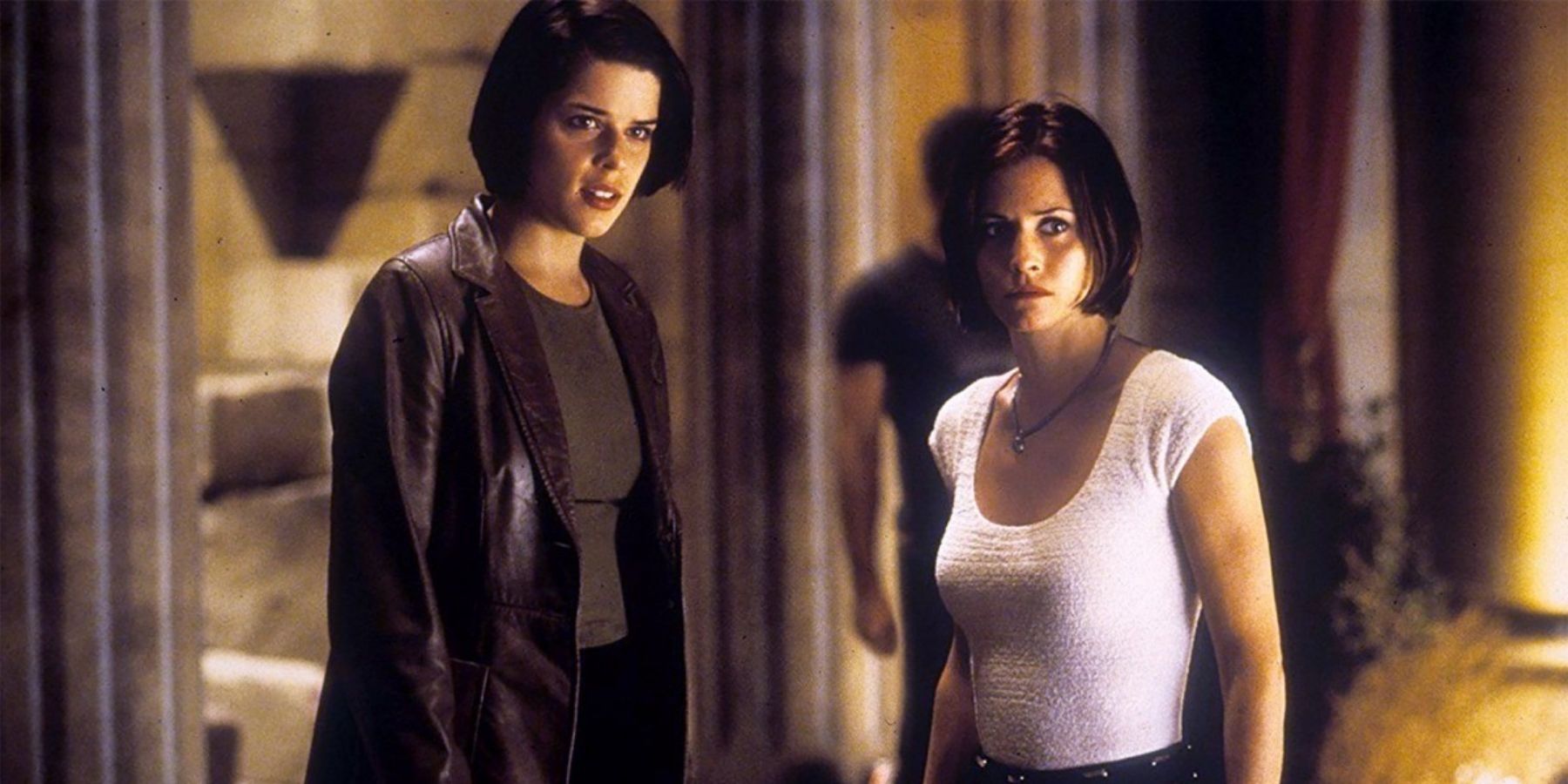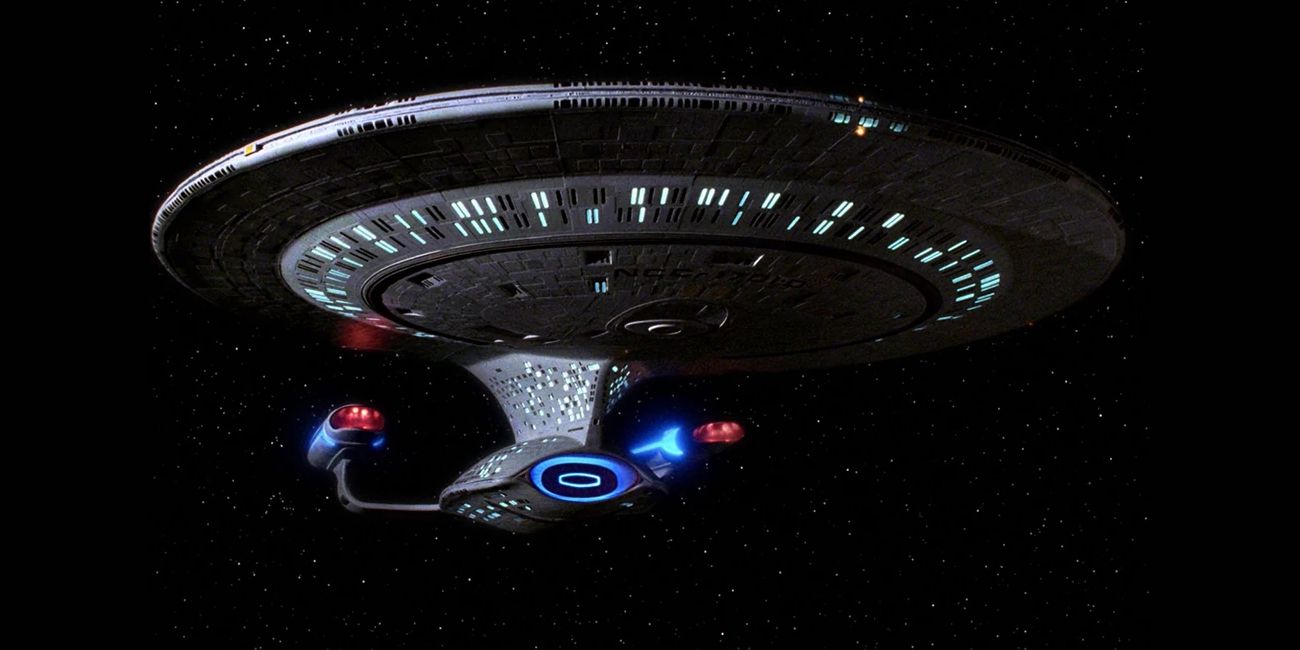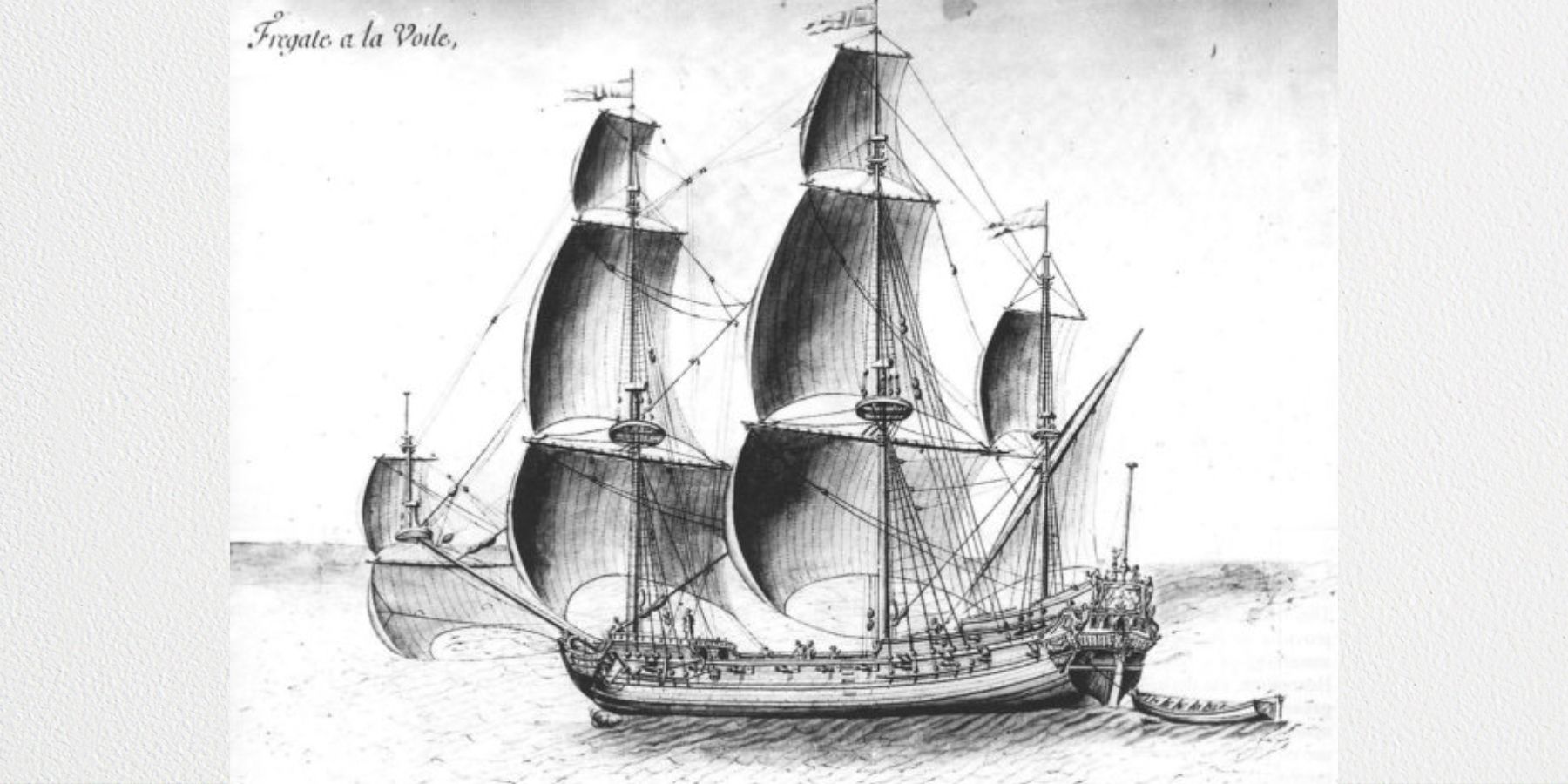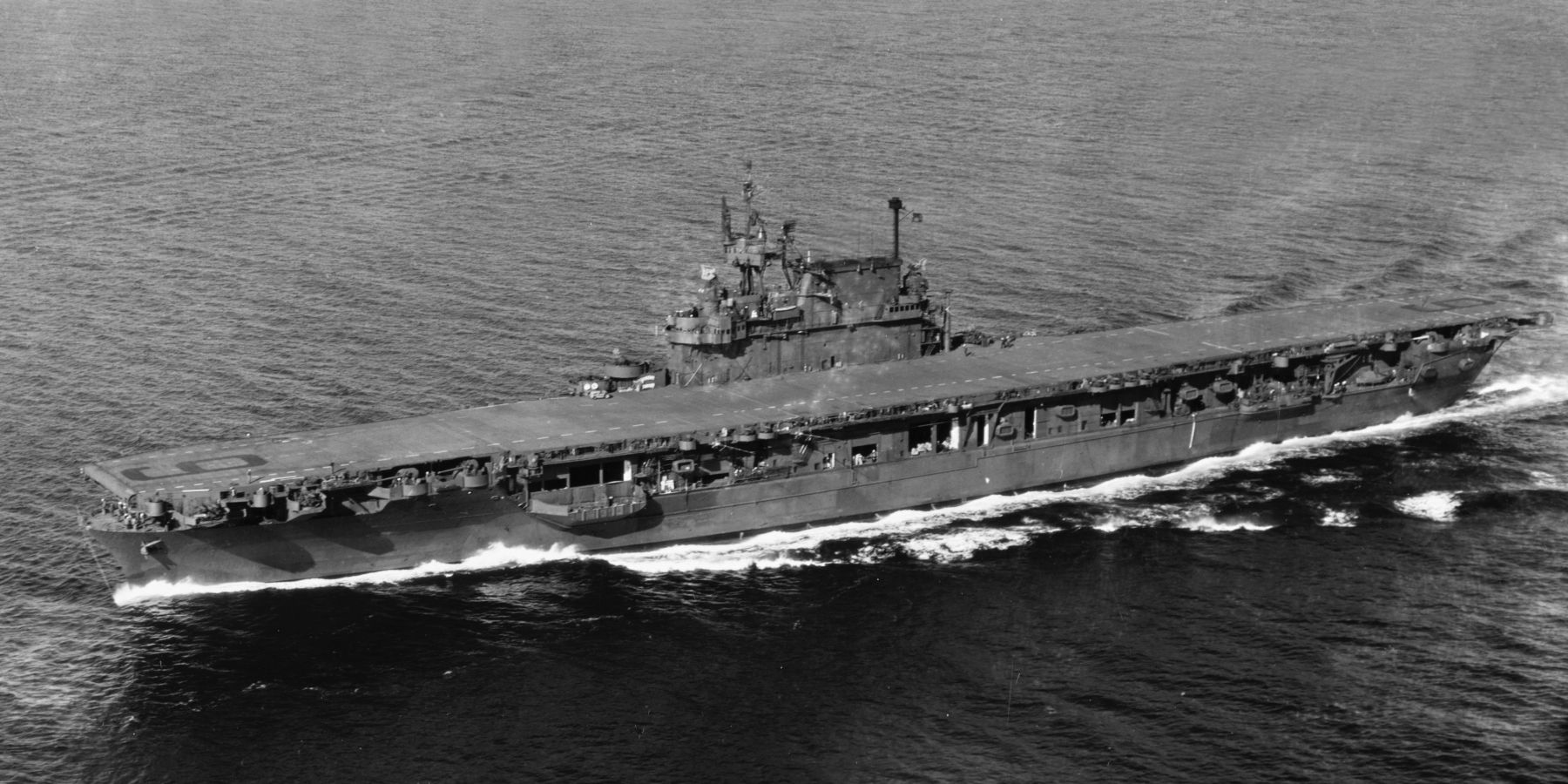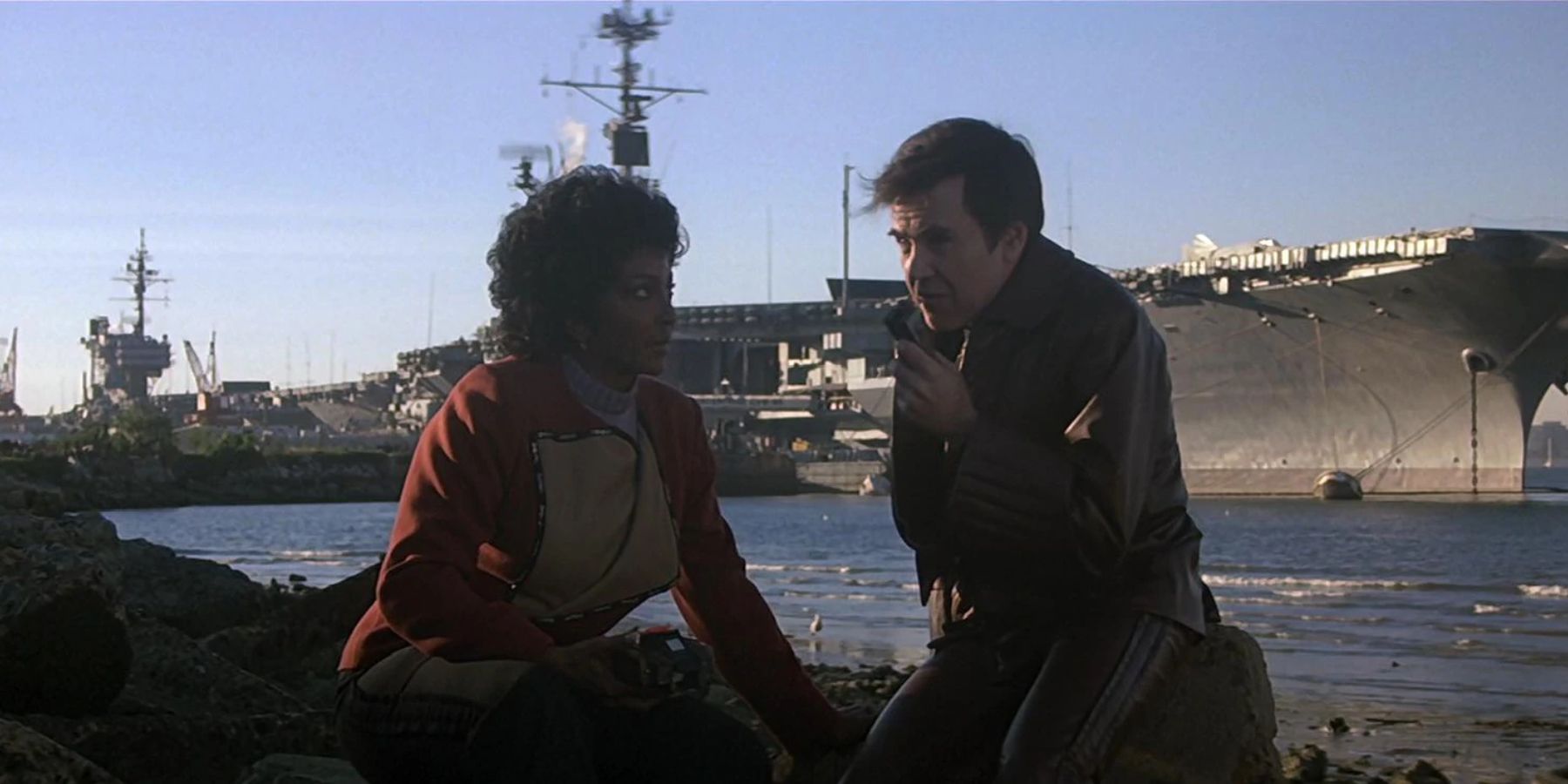The 1960s were a wild time for many reasons, but it was also a great time for scientific discovery and exploration, the moon landing being at the pinnacle of all this in 1969. Before this, however, the interest in what lay among the stars had been fascinating humans since prehistoric times. It only makes sense that one massive leap for mankind in the distant future will be to explore the stars — or as a wise captain once put it: ‘boldly going where no one has gone before’.
Star Trek tracked this progression of humanity into a utopian future where such a thing is possible, using highly advanced spaceships capable of traveling faster than the speed of light. Most iconic of all these ships was the USS Enterprise, in all its iterations. The ship has appeared in multiple movies and shows throughout the franchise, but how exactly did the most famous craft in Federation history get its name?
While many will think of Kirk or Picard's Enterprise, it’s easy to forget about the most important variation of the USS Enterprise: The Enterprise NX-01, Captain Johnathan Archer’s spacecraft, and the first of the warp 5 capable Enterprises in the Star Trek universe. There are to date eight warp-ready Enterprises in the timeline. However, this number may be closer to twelve if counting the Kelvin universe variation, as well as the other universes explored and shown in Discovery.
While Archer's was the first of the fictional Enterprise vessels, it was not the first ship by that name. The name Enterprise in fact has a long navel history and has been fairly common over the years, starting with the HMS Enterprise for the 1700s. While it may not look at all like the Enterprise audiences know and love today, this French frigate is the oldest known ship to have the famed name carved into its side, built in 1705. Back then it was called L’Entreprise, but was later captured by the Royal Navy in 1707 and was renamed the HMS Enterprise. Under the new English name, the ship served for two years in the Mediterranean Sea before being sunk of the coast of Lancashire. While not too much of a groundbreaking legacy, the name was passed on from ship to ship, with countless others going by variations of this same name.
The next most notable of these, and the first to use the USS prefix, was a Continental Army sloop built in 1775, a ship weighing a whopping 70 tons. Unfortunately, it too only lasted two years of active duty, but its destruction was something that seemed fairly fitting of the Enterprise name. To avoid capture, the ship was deliberately destroyed in 1777 — essentially, an 18th century version of the self-destruct sequence. This shares a striking resemblance to not only Picard and his self-destruct trigger fingers, but also the third Star Trek film The Search for Spock. In this movie, Kirk deliberately blows up the Enterprise to stop it from being captured by the Klingons. Are these events pure coincidence, or were the writers taking inspiration from real-world Enterprise related shenanigans?
The next to bear the honor of the name was a US Navy schooner built in 1799, which was at the forefront of The First Barbary War. The Enterprise started the conflict that lasted between 1801 and 1805, firing the first shots for the United States in their first overseas war against the ‘Barbary States’ in North Africa. Skipping over a few less notable ships, the next most prominent Enterprise was an aircraft carrier built in 1936. The Enterprise CV-6 played a part in World War II, being one of the ships at Pearl Harbor at the time of attack. Despite seeing plenty of action at the start of the war, including several battles in the Pacific War, this Enterprise survived the entire conflict, being one of only three aircraft carriers to survive. The ship was nicknamed “The Big E” by the Americans and was the most decorated ship in WWII. It was also dubbed “The Grey Ghost” by the Japanese who claimed to have successfully sunk it three times — each time it came back without a scratch.
While all these vessels are notable in one way or another, the most credited inspiration for the name was the USS Enterprise CVN-65. It was the States' first nuclear-powered aircraft carrier, built in 1961. Gene Roddenberry, the show's creator, would have likely heard of it as it was fairly big news in the time he was writing the first drafts of Star Trek. In fact, he had originally wanted to call the ship the USS Yorktown after another WWII aircraft carrier, but thankfully changed that name once production started.
While the CVN-65 is noted most commonly for being the inspiration for the name, Roddenberry actually claimed in a 1973 interview that while this ship perhaps unconsciously reminded him, his real inspiration was the CV-6 ship from WWII. This is probably because of the much larger legacy the ship created, and the amazing things it accomplished. It’s also possible to look at the USS Enterprise from the show to be a mixture of the two: the scientifically groundbreaking science found on the CVN-65, combined with the naval history and legacy created by the CV-6.

